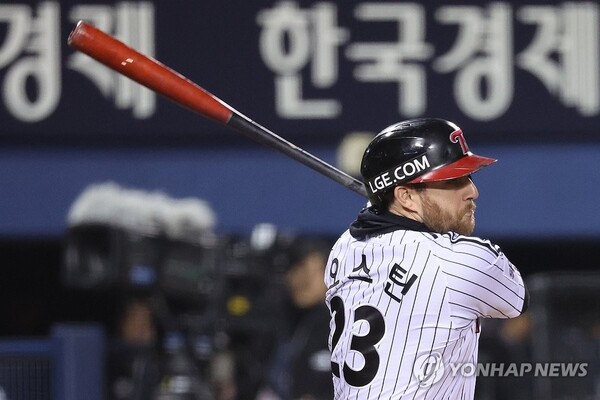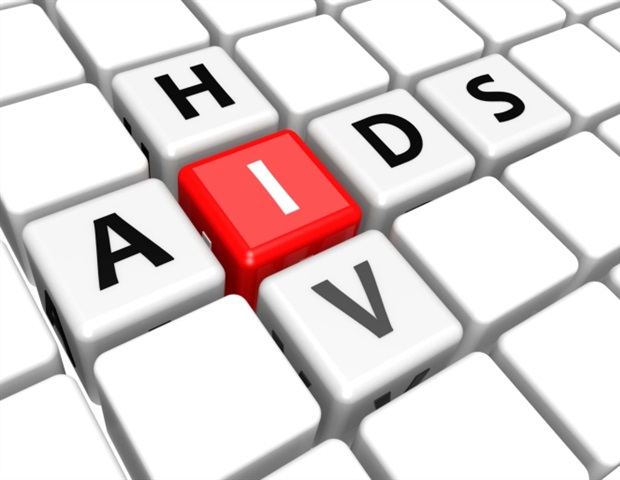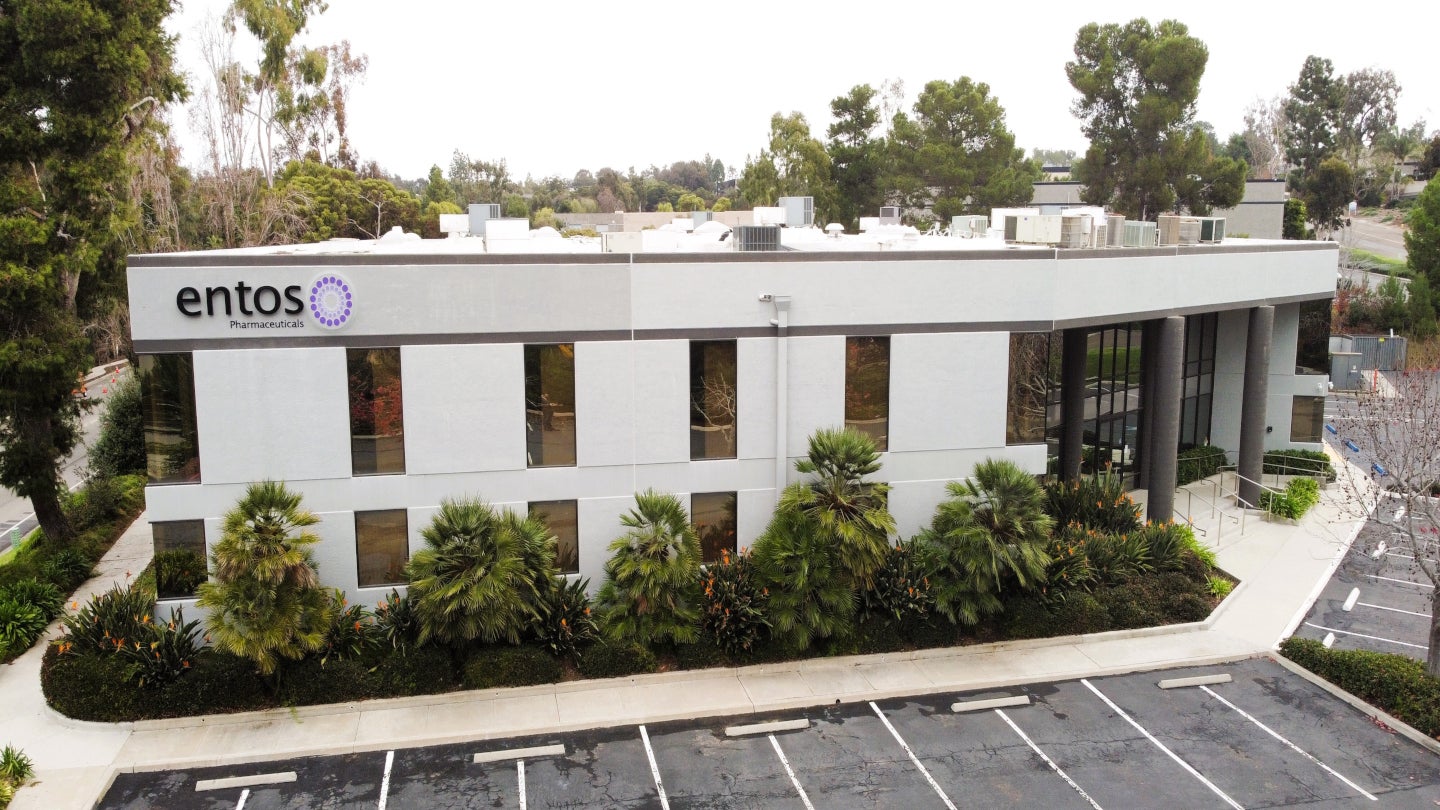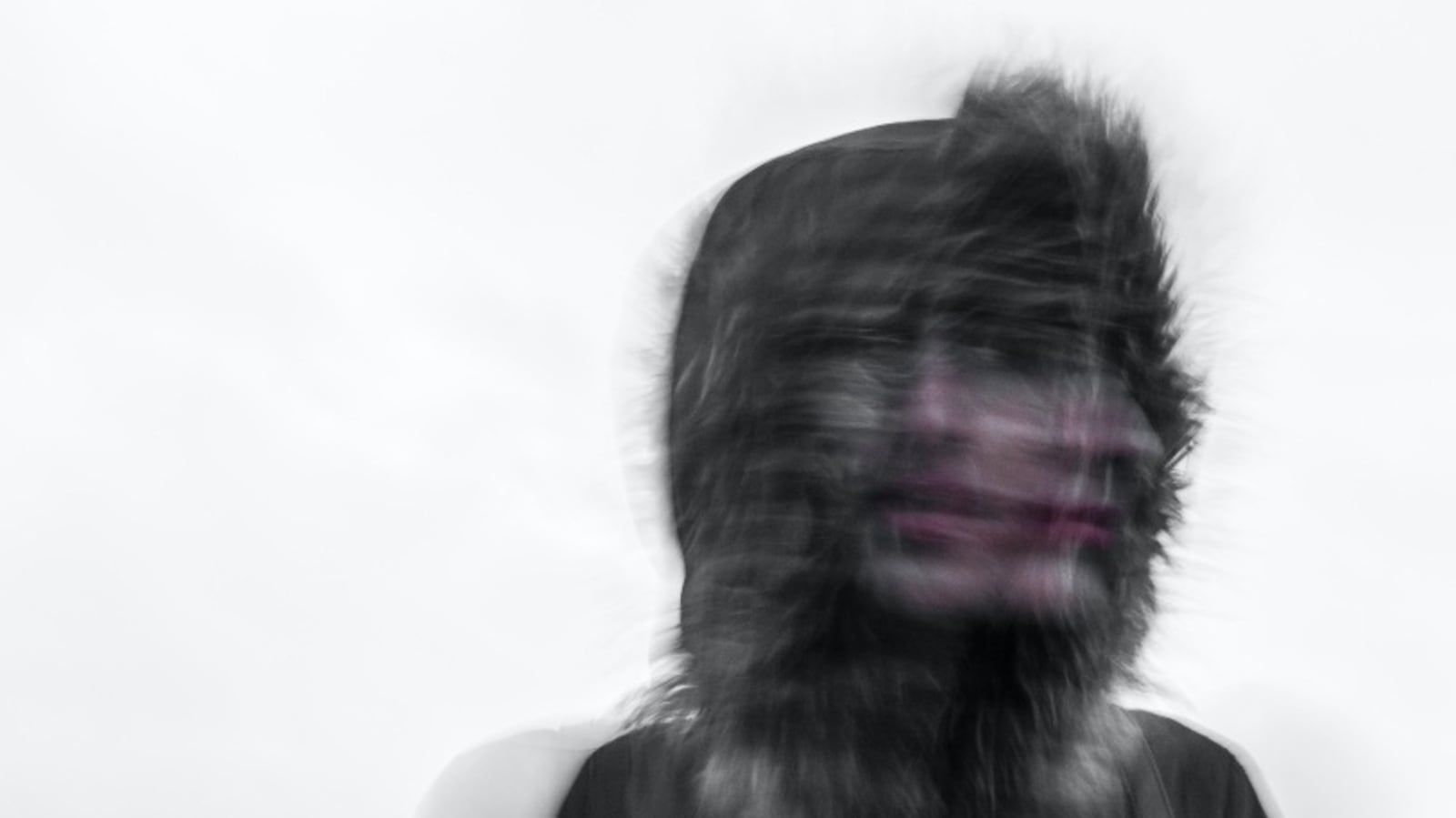
: Do you struggle to keep up with all the latest memes and internet trends? : Before 2020, Munya Chawawa was a relatively unknown comedian. But that changed quickly, as people were forced to stay home, and inevitably spend more time online. Chawawa's news parodies and satirical characters on TikTok and Instagram made him a viral sensation - and some would even say, an influencer.
: The word 'influence' is quite interesting, because there's a slight stigma attached to it. Some people sort of associate that word with a certain level of being vacuous or superficial. But if anyone refers to me with that term, I'm sort of thinking about the 10 years before I built a profile where I had to learn to edit, to write, direct, to act.

And so in that sense, it's quite reductionist. : The creator economy is expected to be worth $528 billion by 2030. And at the root of that economic boom is their relationship with the advertisers.
: The creative economy is booming. So, everyone's releasing stuff all the time. We're now sort of recognising them as sort of key pawns on the chessboard of marketing.
" : So how did we get from this to this? Do you remember this Coca Cola commercial? : In 1994, it was considered groundbreaking – using an ad to flip gender roles on their head. Ads had already been around for a long time, but initially, were informative and dry. Then they started to become more entertaining, and by the 1980s and 90s, they hit their stride, using jingles, catchphrases, and story a.















